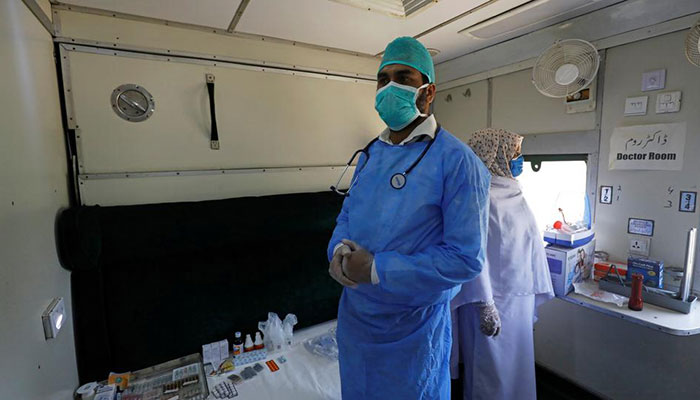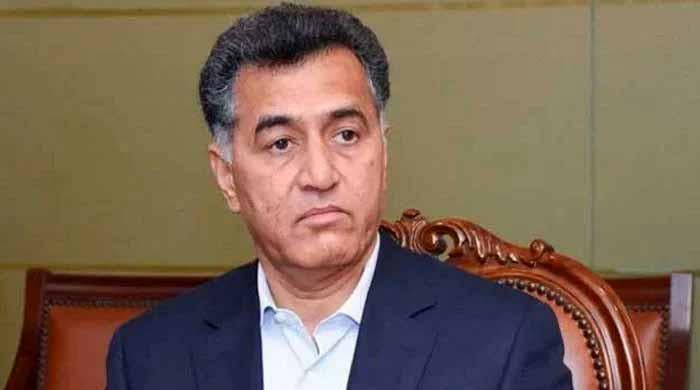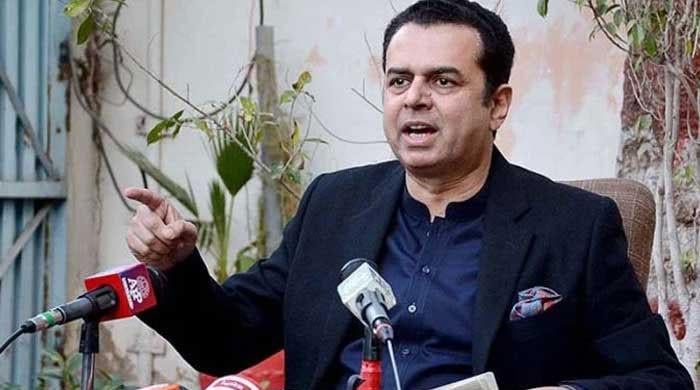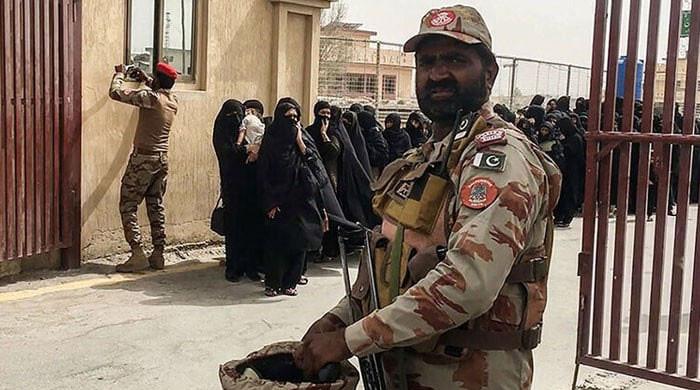Pakistan Economic Survey: The state of healthcare in 2020
In terms of total health expenditure as a percentage of the GDP in 2018-2019, the spending was 1.1%
June 12, 2020

Patients of the novel coronavirus have crossed 100,000 in Pakistan, while more than 2,000 people have been killed to date. Meanwhile, doctors across the country hold a marathon press conference to warn the government. Public hospitals, they say, are ill-equipped to combat the deadly virus and to handle the influx of sick patients.
Are they right? Or is Pakistan’s healthcare system resilient enough?
As Pakistan rolls out its new budget, the Pakistan Economic Survey 2019-20, released by the government on Thursday, provides a snapshot of what the current healthcare infrastructure in the country looks like:
Healthcare
As per the Economic Survey, there are currently 233,261 doctors in the country, up from 220,829 in 2018.
Separately, there were 112,123 nurses in 2019, up from 108,474 the previous year.
Till last year there were 1,279 hospitals in the country, according to the Pakistan Bureau of Statistics. No new hospitals were added in the year 2018-2019.
There are currently 132, 227 hospitals beds in Pakistan, which mean that for 1,608 persons one bed is available. The number remains unchanged from 2018.
It is important to note that the 2018-2019 Economic Survey had stated the doctor population ration in the country. According to the previous report, one doctor was available for 963 people. However, the new survey does not include this figure.
Health expenditure
In terms of total health expenditure as a percentage of the GDP in 2018-2019, the spending was 1.1%. The figure has reduced from 1.2% in 2017-2018.
The survey notes that Punjab has 32 District Headquarter Hospitals (DHQs), 9,126 Tehsil Headquarter Hospitals (THQs), 10,316 RHCs and 2,506 BHUs. In the financial year 2020, it allocated a budget of Rs 64,891.26 million for development projects in the health sector.
While Sindh allocated Rs 114.14 billion for the health sector in the budget for FY2020.
Other highlights:
· Pakistan has a high total fertility rate of 3.8%, and the current modern Contraceptive Prevalence Rate is only 26%.
· Pakistan became the first country in the world to include the Typhoid Conjugate Vaccine (TCV) into its routine immunization programme in Sindh from November 2019.
· Almost 40 million children, including 6.8 million children at schools designated fixed points, were vaccinated for polio during December 2019. The number of children missed during the last campaign in April 2019 decreased from 1.8 million children to 0.5 million children in December 2019.









